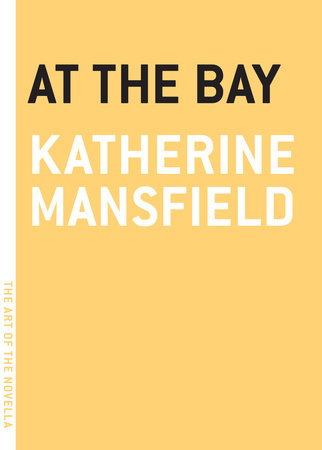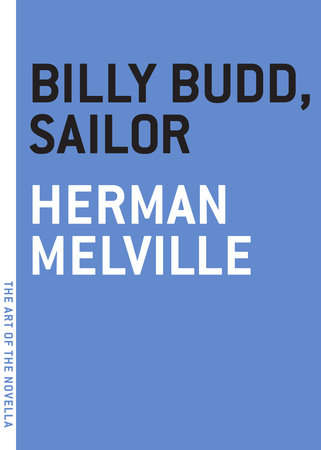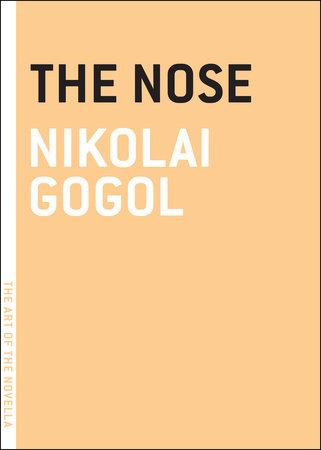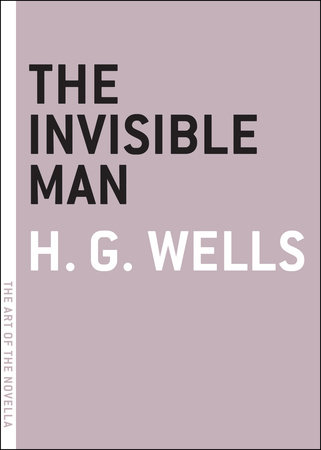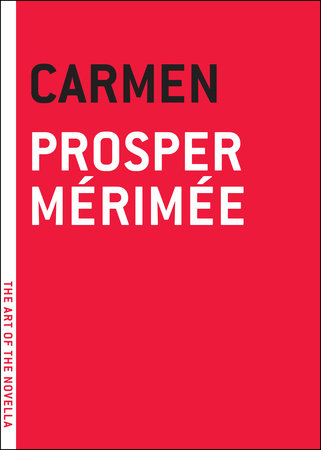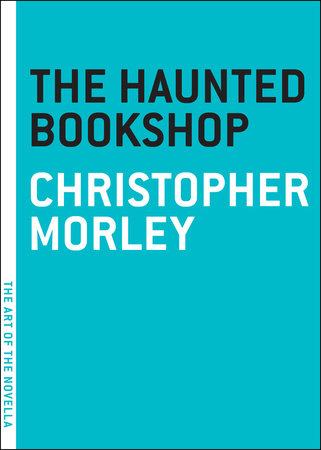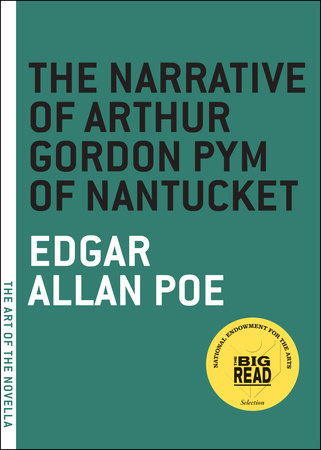
The Poor Clare
Elizabeth Gaskell
Paperback
August 13, 2013 | ISBN 9781612192185
AmazonBarnes & NobleBooks A MillionBookshop.orgHudson BooksellersPowell'sTargetWalmart
Ebook
August 13, 2013 | ISBN 9781612192192
AmazonApple BooksBarnes & NobleBooks A MillionGoogle Play StoreKobo
About the Book
The purposeful slaying of lonely Bridget’s beloved dog unleashes a torrent of rage that surges down through the generations. In her desire for revenge, Bridget utters a fearsome curse upon the dog’s killer: All that the murderer loves most, he will lose.
This haunting story of “the sins of the father being visited upon the children” brilliantly shows off Gaskell’s pioneering understanding of the tensions between Catholics and Protestants, and the harsh realities of class society. The Poor Clare stands as an innovative and exciting gem in Elizabeth Gaskell’s oeuvre.


